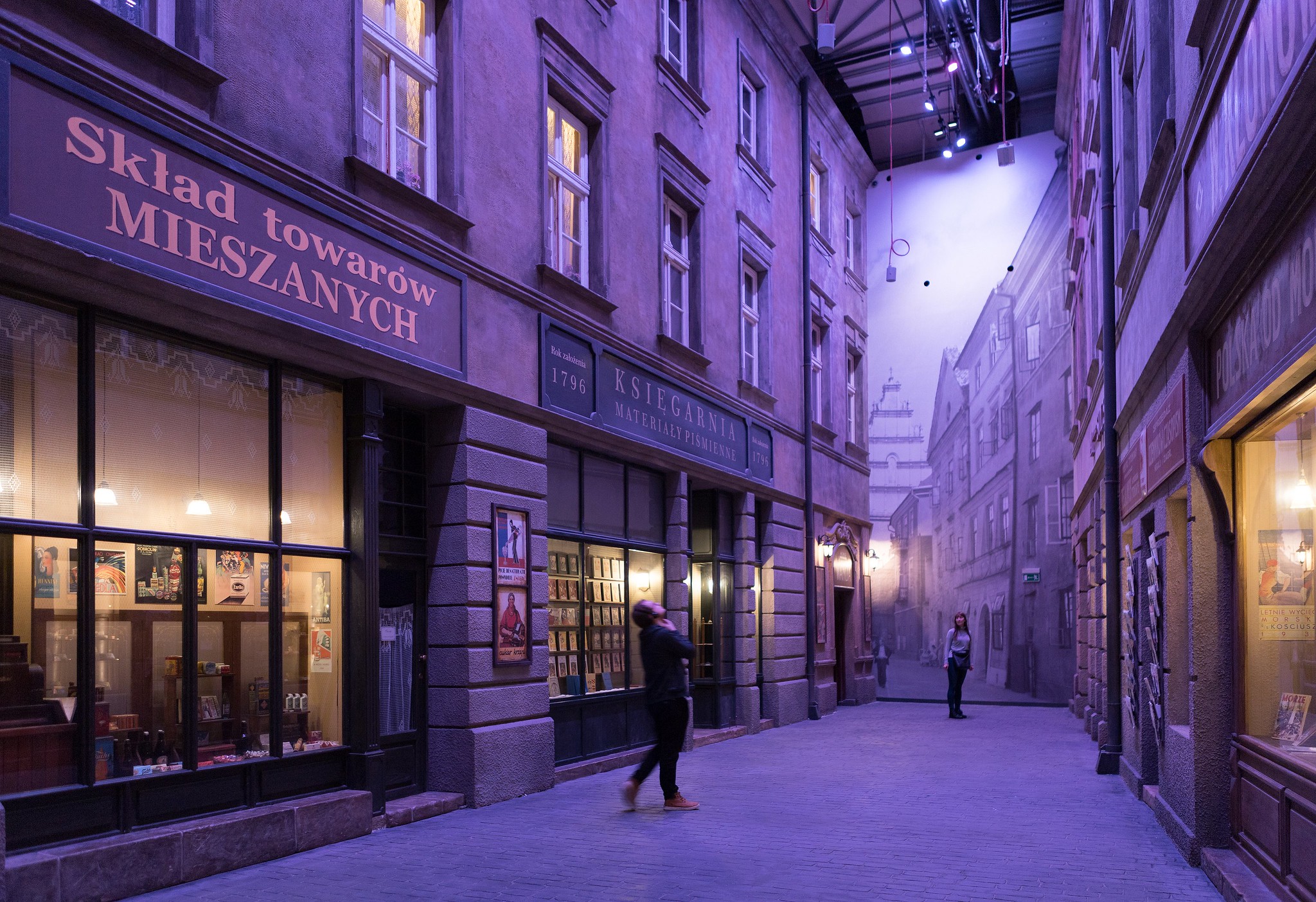The Museum of the Second World War, located in Gdańsk, Poland, is a modern institution dedicated to preserving and presenting the history of World War II. Opened in 2017, the museum offers a comprehensive and immersive experience, showcasing the global impact of the conflict from multiple perspectives. Its striking architectural design, featuring a tilted rectangular prism, symbolizes the clash between past and present. The museum’s extensive collection includes over 50,000 artifacts, documents, and multimedia exhibits, covering various aspects of the war, from its origins to its aftermath. With a focus on both military and civilian experiences, the Museum of the Second World War aims to educate visitors about the complexities of the conflict and promote reflection on its lasting consequences.
The Museum of the Second World War in Gdańsk, Poland, has been no stranger to controversy since its inception. While the institution aims to provide a comprehensive and educational experience about one of history’s most devastating conflicts, several exhibits have sparked heated debates and drawn criticism from various quarters.
One of the most contentious displays is the recreation of a Nazi concentration camp barracks. Critics argue that this exhibit trivializes the suffering of Holocaust victims and may even serve as a form of dark tourism. Supporters, however, maintain that it offers visitors a visceral understanding of the horrors endured by prisoners during the war. This tension between education and potential exploitation remains a central point of discussion among museum professionals and historians alike.
Another exhibit that has raised eyebrows is the section dedicated to the Soviet occupation of Eastern Europe. Some visitors and political figures have accused the museum of downplaying the role of the Soviet Union in defeating Nazi Germany, while others argue that it presents a more nuanced view of the war’s aftermath. This debate reflects the ongoing struggle to balance different historical narratives and interpretations, especially in a region with a complex relationship to its past.
The museum’s treatment of Polish resistance movements has also come under scrutiny. Some critics argue that the exhibits don’t give enough prominence to Polish efforts against both Nazi and Soviet occupiers. This has led to accusations of the museum pushing a more internationalist perspective at the expense of national pride. Museum officials counter that their goal is to present a broader, more inclusive view of the war that extends beyond national boundaries.
Perhaps one of the most talked-about exhibits is the section on civilian suffering during the war. While many praise the museum for highlighting often-overlooked aspects of the conflict, others have criticized the graphic nature of some displays. Images and artifacts depicting the brutality of war have sparked discussions about the appropriate limits of museum exhibitions, particularly when it comes to sensitive historical events.
The museum’s approach to presenting collaboration and resistance in occupied countries has also stirred controversy. Some argue that the exhibits don’t go far enough in condemning collaborators, while others feel that the nuances of life under occupation are oversimplified. This debate touches on the broader challenge of how to represent complex historical realities in a museum setting.
Interestingly, the very architecture of the museum has become a point of contention. Its modern design, which stands in stark contrast to the surrounding historic buildings of Gdańsk, has been both praised as bold and criticized as out of place. This architectural controversy serves as a metaphor for the larger debates surrounding the museum’s content and approach.
Despite – or perhaps because of – these controversies, the Museum of the Second World War continues to attract visitors and generate discussion. Many argue that the debates sparked by its exhibits are precisely what make it a valuable institution, encouraging critical thinking and dialogue about history.
As with any museum tackling difficult historical subjects, the Museum of the Second World War must navigate a delicate balance between education, commemoration, and sensitivity. While controversy may be inevitable when dealing with such a complex and emotionally charged topic, it also presents an opportunity for ongoing reflection and improvement. As the museum evolves, it will undoubtedly continue to provoke thought and discussion, contributing to our understanding of this pivotal period in world history.The Museum of the Second World War serves as a powerful testament to the global impact and human cost of World War II. Through its comprehensive exhibits, innovative multimedia presentations, and vast collection of artifacts, the museum offers visitors a profound and immersive educational experience. It not only preserves the memory of those who lived through and perished in the conflict but also encourages critical reflection on the causes and consequences of war. By presenting multiple perspectives and emphasizing personal stories, the museum fosters empathy and understanding across generations and cultures. Ultimately, the Museum of the Second World War stands as a vital institution for promoting peace, tolerance, and historical awareness in the modern world.

